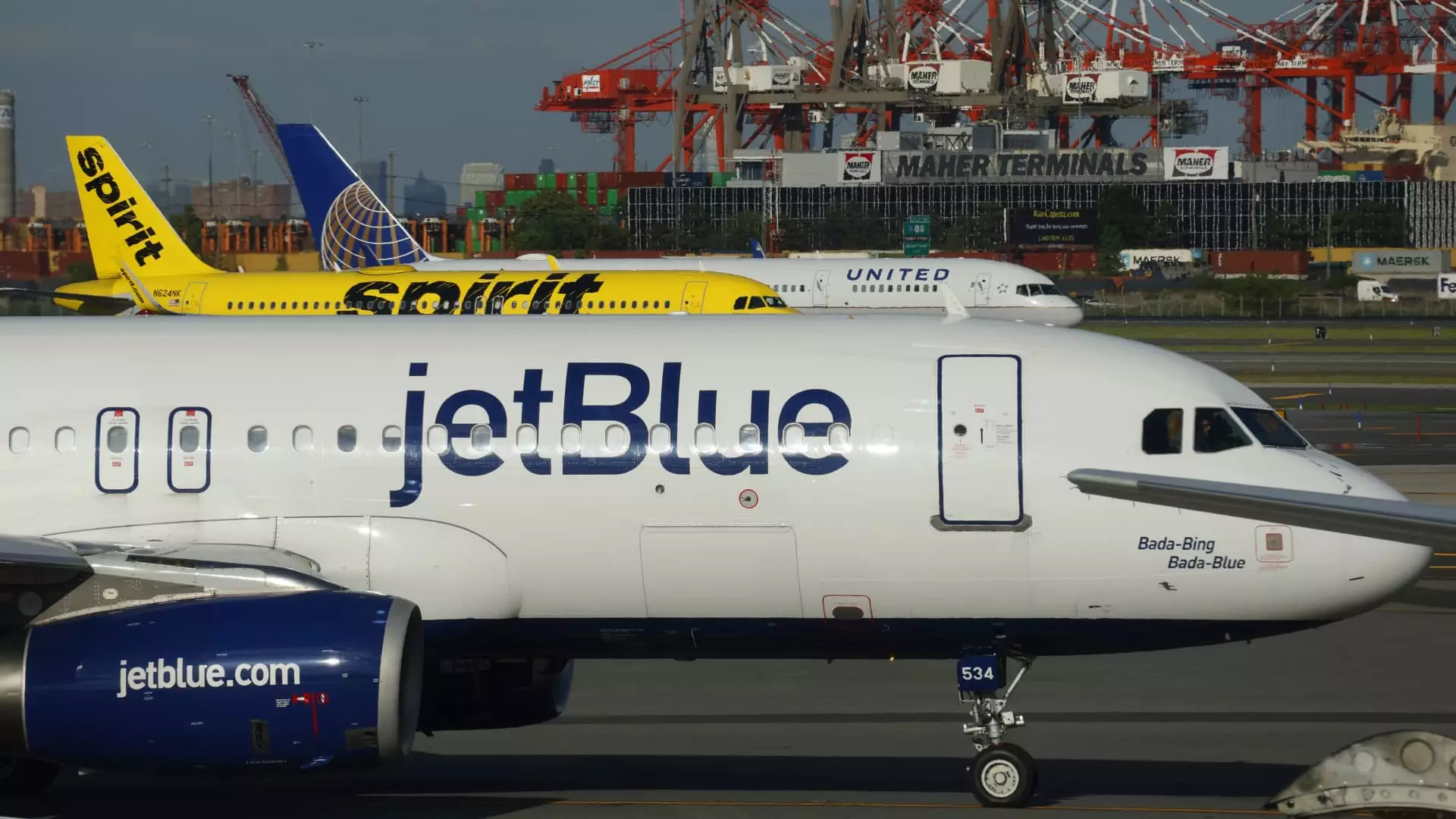The airline industry that was once eager to invest in new jets is now facing financial challenges. Cash-strapped airlines, particularly low-cost carriers and deep discounters, are refraining from spending billions of dollars on new aircraft. The main reason behind this strategic shift is to save money and focus on returning to profitability. The impact of engine repairs has further exacerbated the financial challenges faced by airlines.
In the recent past, airlines flooded the U.S. with flights, leading to a significant reduction in fares, especially in the domestic market where low-cost carriers dominate. This surge in flights has driven down fares, putting pressure on airlines’ revenue streams. Simultaneously, operational costs have been on the rise, creating a challenging financial environment for carriers.
Several airlines, including Spirit Airlines, JetBlue Airways, and Frontier Airlines, have resorted to deferring their growth plans and delaying the deliveries of new aircraft. The decision to put off these investments is part of a broader strategy to manage costs and navigate the current financial landscape. As a result, carriers have opted to extend aircraft leases and take steps to streamline their operations.
The deferral of aircraft deliveries has a direct impact on airlines’ revenue and profitability. For example, JetBlue Airways estimates saving approximately $3 billion by delaying the delivery of 44 Airbus A321 airplanes through 2029. While this approach may help in the short term, airlines must carefully balance the need for new aircraft with their financial constraints to avoid further losses.
In addition to financial strains, airlines are grappling with grounded jets resulting from a Pratt & Whitney engine recall. The engine recall has forced carriers to adapt their fleet strategies, deferring aircraft deliveries even as they face operational disruptions. This dual challenge poses a significant hurdle for airlines like JetBlue and Spirit Airlines, who are already under financial pressure.
Despite the deferrals from budget airlines, the global aviation industry continues to face challenges in supply dynamics. New fuel-efficient planes remain in short supply, leading to increased lease rates for popular models like the Airbus A320 and A321, as well as the Boeing 737 Max 8. Airlines must carefully evaluate their options for acquiring new aircraft, considering both direct purchases and lease agreements.
Boeing and Airbus, the two main suppliers of commercial aircraft, are struggling to meet the demand for new planes. Skilled worker shortages and supply chain disruptions have hindered their production capacity. While both companies continue to receive orders for their aircraft models, the industry as a whole is facing uncertainty due to ongoing operational challenges and financial constraints for airlines.
Airlines are actively seeking opportunities to mitigate cost pressures and optimize their operations in response to delayed aircraft deliveries. Executives have emphasized the need to adapt quickly to changing market conditions by adjusting growth plans, managing staffing levels, and exploring innovative solutions to address financial challenges. Southwest Airlines, for instance, has implemented voluntary leave programs to align its workforce with the current operational environment.
The airline industry is undergoing a period of unprecedented financial challenges, driven by a combination of revenue pressures, cost constraints, and operational disruptions. As carriers navigate this complex landscape, careful financial planning, strategic decision-making, and operational efficiency will be critical in ensuring long-term sustainability and success in the evolving aviation market.

